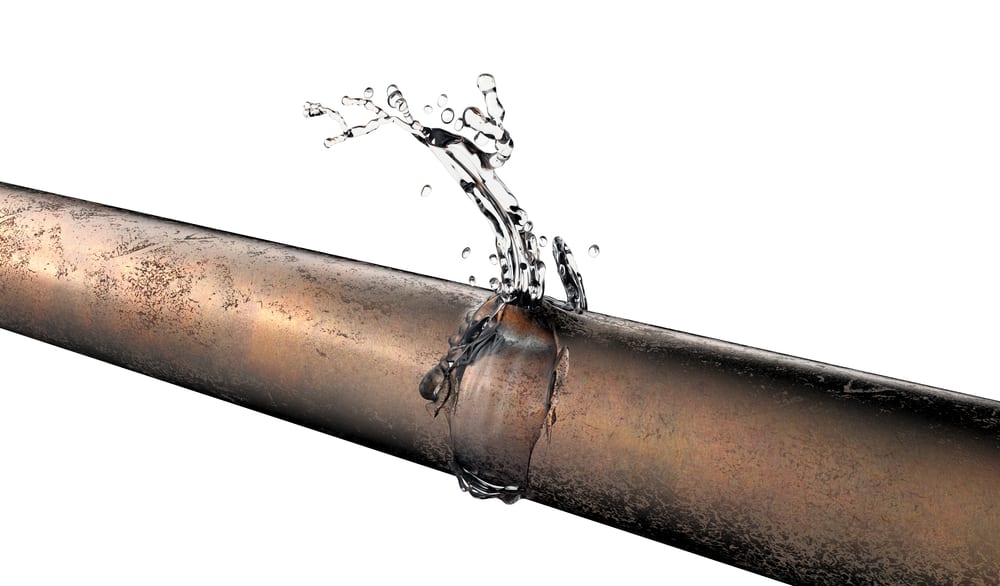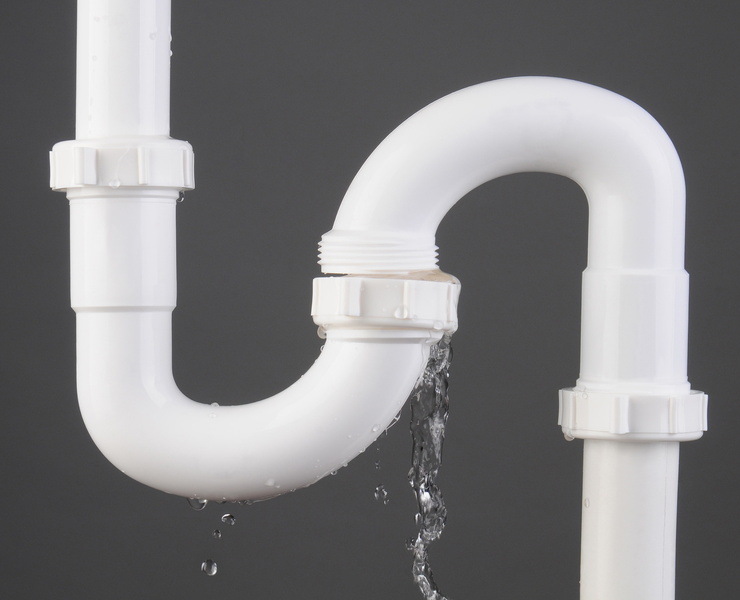What are your insights and beliefs on Leaking water lines?

Early discovery of leaking water lines can minimize a prospective calamity. Some small water leaks might not be visible.
1. Analyze the Water Meter
Every house has a water meter. Examining it is a guaranteed way that aids you uncover leaks. For starters, switch off all the water sources. Ensure nobody will flush, use the tap, shower, run the cleaning machine or dishwasher. From there, go to the meter and watch if it will change. Since no one is using it, there should be no movements. If it moves, that suggests a fast-moving leak. If you spot no changes, wait a hr or 2 as well as check back once more. This suggests you might have a sluggish leak that can also be underground.
2. Inspect Water Usage
If you identify sudden adjustments, in spite of your consumption being the very same, it implies that you have leakages in your plumbing system. An unexpected spike in your costs suggests a fast-moving leakage.
A consistent increase every month, even with the very same practices, reveals you have a slow leak that's likewise gradually escalating. Call a plumber to completely examine your building, especially if you really feel a cozy area on your floor with piping beneath.
3. Do a Food Coloring Examination
30% comes from commodes when it comes to water intake. Examination to see if they are running appropriately. Decrease specks of food shade in the container as well as wait 10 minutes. If the color somehow infiltrates your dish throughout that time without flushing, there's a leakage between the storage tank and also bowl.
4. Asses Outside Lines
Do not forget to check your exterior water lines as well. Test faucets by connecting a yard hose pipe. Should water permeate out of the connection, you have a loosened rubber gasket. Change this and also make certain all links are tight. If you've got a sprinkler system, it will certainly help get it professionally checked out and also maintained annually. One little leakage can waste lots of water and also surge your water bill.
5. Analyze the situation and evaluate
Homeowners need to make it a behavior to inspect under the sink counters and even inside cupboards for any bad odor or mold and mildew growth. These 2 red flags suggest a leakage so prompt focus is required. Doing regular inspections, also bi-annually, can conserve you from a significant issue.
Extra importantly, if you know your house is already old, keep a watchful eye on your heating systems, hoses, pipelines and so on. Look for discolorations and also deteriorating as many home appliances and pipelines have a life expectancy. They will certainly likewise naturally wear away as a result of tear and wear. If you think dripping water lines in your plumbing system, do not await it to escalate. Call a specialist plumber right away so you don't end up with an awful mess in your home.
Early detection of dripping water lines can mitigate a potential disaster. Some tiny water leaks may not be visible. Checking it is a guaranteed way that aids you find leakages. One little leak can waste lots of water and increase your water bill.
If you believe leaking water lines in your plumbing system, don't wait for it to rise.
How to Know If Your Home Has a Hidden Leak
Water Meter Reveals Inexplicable Water Usage
If you’d like to test whether or not there’s a leak somewhere in your home, you can do this using your water meter. Here is how to conduct the test:
Don’t use any water in your home for at least 30 minutes; this also means not turning on faucets or water-using appliances.
Go outside, and check your water meter for activity.
If your water meter shows that there was activity, even though no one was using any water, this proves that there is a leak in your home.Visible Mold or Mildew Growth
Leaks behind walls create moist, dark environments that allow mold and mildew to grow and thrive. Eventually, you might see mold growth forming on the wall closest to a hidden leak.
If mold is growing in an area that receives a high amount of moisture, such as a bathroom, it may simply be an indication that better ventilation is needed. However, if you see mold growth on a wall or the ceiling in an area where you would not expect, you probably have a hidden leak.
Musty, Mildew Odor
Sometimes you might not be able to see the mold or mildew that is growing as a result of a leak. However, the smell can give the problem away just as easily. If you catch a whiff of something musty, there’s a good chance that old water is collecting somewhere in your home that you can’t see.
Stained/Warped Walls, Ceilings, or Floors
When your home soaks up water, a variety of red flags can become visible, including ceiling stains, bubbling drywall, warped walls, and sagging floors. While these issues can be caused by excess humidity, they can also be signs that a pipe or plumbing connection has started leaking behind your walls.
Inexplicably High Water Bill
After a while, you get a general sense for what your water bill should be. If you own a pool or sprinkler system, your bill will tend to be higher during summer. However, if you receive a water bill that seems especially high, and you can’t figure out what caused it, then you may have a hidden leak somewhere that’s increasing your bill.
https://www.plumbingjoint.com/blog/2019/july/how-to-know-if-your-home-has-a-hidden-leak/

As an enthusiastic person who reads about Locating water leaks, I figured sharing that editorial was worthwhile. Those who liked our blog entry please make sure you remember to pass it around. Thanks for your time. Please pay a visit to our website back soon.